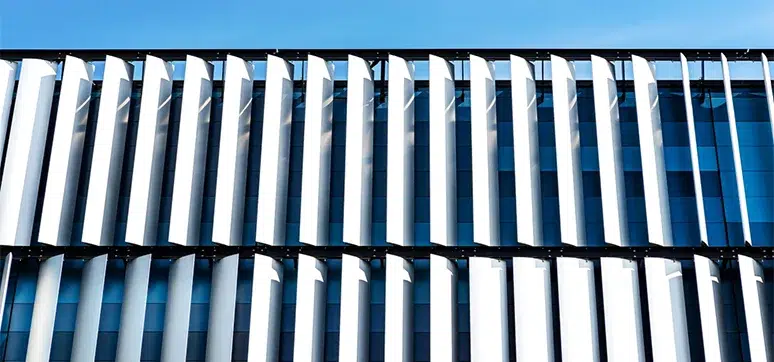As smart building technologies become more prevalent, how do you see façades integrating with these systems to enhance overall building performance? Integration of façades with smart building technologies has been happening for a while now. The most prevalent example is the integration of shading systems with BMS (Building Management Systems and BAS (Building Automation Systems). This includes internal shading such as blinds and louvers as well as external shading as a part of kinetic façades. Smart glass is also becoming quite popular. Smart glass is one whose VLT (visible light transmittance) changes depending upon external conditions. All of these have served to help façades improve user comfort and energy efficiency of the overall building. The next step in the process of façade integration with building automation that we can hopefully look forward to is the reduction in risks and costs associated with the same. Improvement in data collection and sensors...
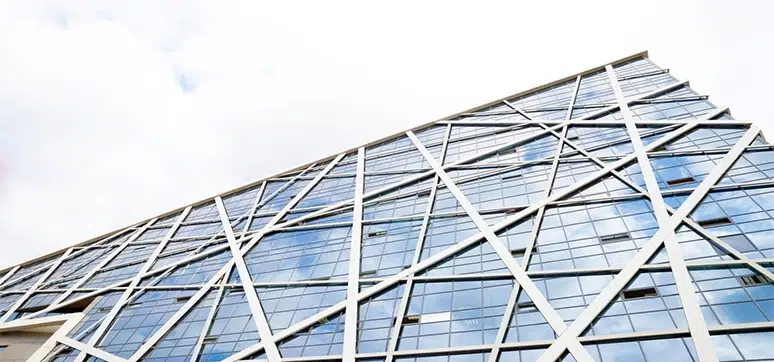
New Generation Façades: Revolutionising High-Rise Design and Performance
Today’s high-rise buildings are shedding their static skins and embracing a new generation of intelligent systems that redefine comfort, performance, and environmental responsibility. This in-depth analysis delves into the world’s most widely installed cutting-edge façade solutions, exploring their general and specific design parameters, performance characteristics, and the materials shaping this exciting evolution. The future of high-rise buildings is being reshaped by intelligent façades, a new generation of cladding and glazing systems that go far beyond aesthetics. These dynamic systems integrate cutting-edge technologies to optimise comfort, performance, and environmental impact, setting a new standard for sustainable and responsive architecture. General Parameters and Specific Considerations for Façade Design Sustainability: Minimising environmental impact through energy efficiency, resource conservation, and responsible material selection. Comfort: Optimising thermal and acoustic insulation, daylighting, and indoor air quality for occupant well-being. Thermal: Maintaining comfortable indoor temperatures through passive and active solar control, natural ventilation, and efficient insulation. Visual:...
Posted on: 28 Feb 2024
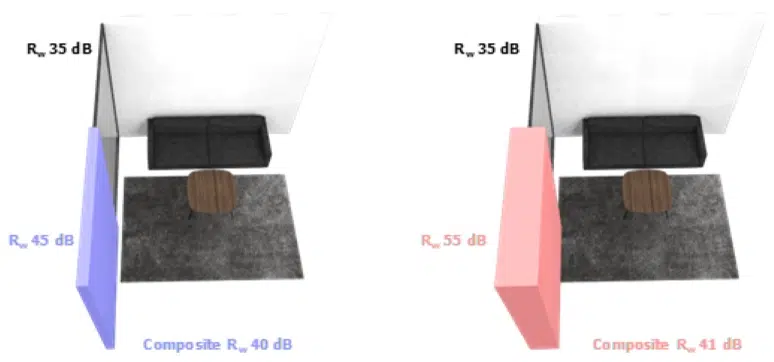
The Acoustics of Façade and Fenestrations
As cities continue to grow, the need to mitigate external noise and enhance indoor acoustic quality has become paramount. The criteria for acoustic comfort have evolved into a necessary consideration in habitable spaces. Several studies have investigated the connection between noise annoyance and both the physical attributes of sound and its impact on health and well-being. Noise nuisance has been shown to adversely affect hypertension, increase the chances of cardiovascular diseases, increase stress, and reduce cognitive efficiency in occupants [1]. An acoustically comprehensive strategy for occupant comfort in buildings often involves a multifaceted approach, incorporating design concepts, material selection, and the expertise of acoustic consultants to achieve optimal results. However, in pursuit of streamlined green and sustainable strategies, the acoustic well-being of the users of the space often goes unnoticed. For instance, a study on indoor environmental quality (IEQ) involving 23,450 respondents from 142 buildings concludes acoustic nuisance as the...
Posted on: 27 Feb 2024
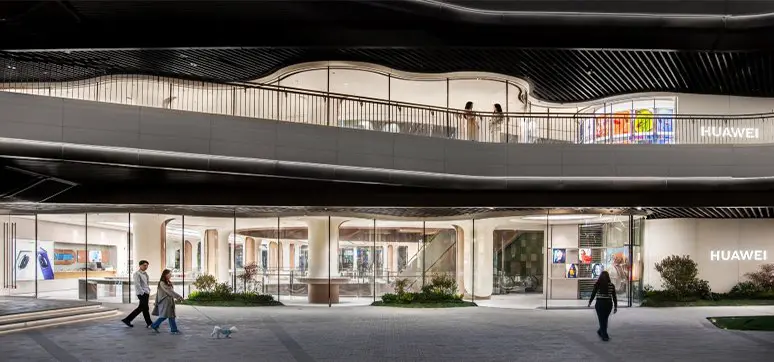
UNStudio Unveils Huawei’s Shanghai Flagship Store, Marrying Nature and Technology Behind Unique ‘Petal’ Façade”
UNStudio has announced the completion of Huawei’s flagship store in Shanghai, a collaboration between the renowned architecture firm and Huawei’s internal design team. This innovative retail space promises an immersive experience, blending elements of nature, technology, and consumer preferences. Drawing inspiration from biophilic forms, the two-level store seamlessly integrates indoor and outdoor environments, incorporating recycled materials to minimize its environmental impact. The façade, resembling petals in various stages of growth, pays homage to Huawei’s polar codes technology, forming an integrated geometric system that merges the brand with nature and technology. The transparency of the façade, achieved through oversized petal stems, maximizes natural light and views into the store during the day, while subtle lighting elements emit a soft glow at night. At the heart of the store lies the ‘Tree of Harmony,’ a spiraling centerpiece that not only facilitates circulation between floors but also offers augmented reality (AR) experiences for...
Posted on: 23 Feb 2024
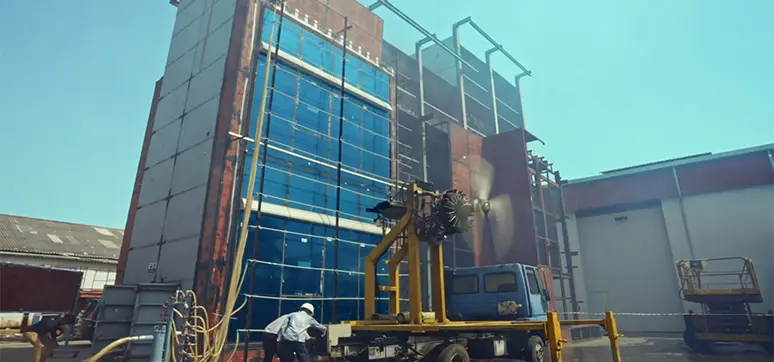
Why is Water Penetration Testing So Important for a Façade?
High-rise buildings, towering marvels of modern architecture, stand as symbols of human ingenuity and progress. However, beyond their awe-inspiring aesthetics and innovative designs, there’s a very serious risk that can give nightmares to the occupants — water infiltration from the façade. Water penetration, if left unchecked, can cause structural damage, cause serious damage to the electrical, data cabling and furnishing which could lead to costly repairs. THE SILENT THREAT: CONSEQUENCES OF NEGLECTED WATER PENETRATION Before delving into the specifics of these tests, it’s crucial to understand why they are essential. Water intrusion in high-rise building façades, windows, doors, and skylights can lead to a cascade of problems, including: Structural damage: Water seeping into a building’s structure can weaken it over time, compromising its integrity and safety. Mold and mildew: Damp interiors can foster mold and mildew growth, which not only poses health risks but also causes unsightly and costly damage....
Posted on: 14 Feb 2024
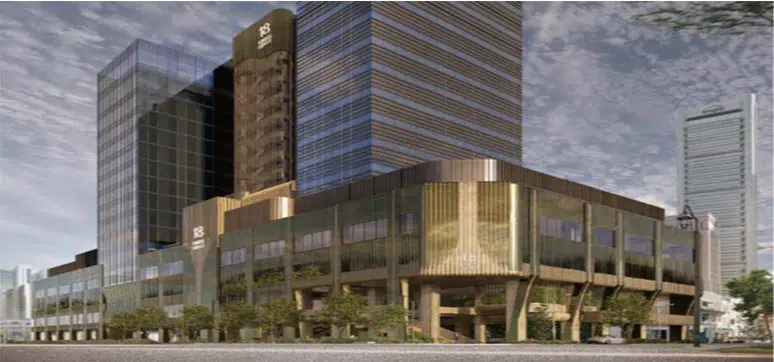
Deep Façades: The Transformational Power of Façades on Adaptive Reuse Projects
''The greenest building is. . . one that is already built.” – Carl Elefante (2007) This article aims to raise awareness of adaptive reuse strategies and the role façade design can play in the transformation of underperforming buildings. The construction industry has been making progress in reducing operational carbon emissions through various strategies and innovations, and progress varies across regions, regulations, and market demands. There is a growing global trend towards adopting more sustainable and energy-efficient building practices. India, at the 2015 Paris Agreement, committed to reducing the emissions intensity of its Gross Domestic Product (GDP). The target is to lower the emissions intensity by 33- 35% by 2030 compared to 2005 levels. Later at the 26th session of the United Nations Framework Convention on Climate Change (COP 26) in November 2021, COP26 announced its goal to achieve net zero by 2070. However, operational carbon constitutes only a portion of...
Posted on: 13 Feb 2024
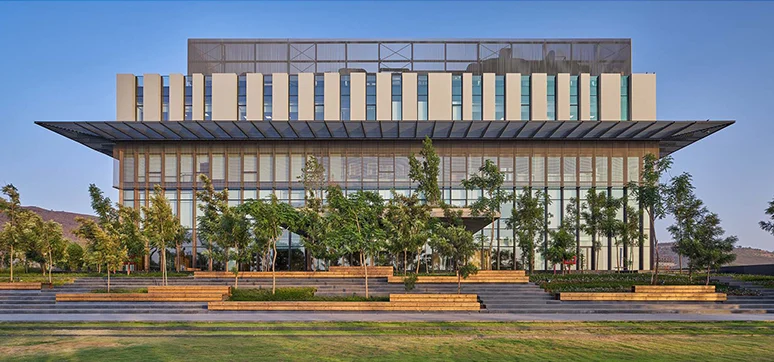
Market for Architectural Glass Used in Façade and Fenestration Industry
What is the size of the present architectural glass market globally and in India? [caption id="attachment_56363" align="alignright" width="200"] SUHEL KACHWALA, Managing Director, FG Glass[/caption] Suhel Kachwala: The global market for performance glass used in the façade and fenestration industry is expected to grow by a good value and roughly the market is projected to grow at a CAGR of 4.8% from 2023 to 2032. Tariq Kachwala: The growth of the Indian architectural glass market is estimated to be around CAGR 7.5% for 2023-2027. What are the driving factors of the architectural glass industry? Suhel Kachwala: The increasing demand for energy-efficient buildings is a major driver of the growth of the performance glass market. Performance glass can help to reduce energy consumption by up to 50% by controlling heat gain and loss. [caption id="attachment_56365" align="alignleft" width="365"] Lupin Research & Development Centre, Pune[/caption] Additionally, performance glass can improve the thermal comfort of...
Posted on: 07 Feb 2024
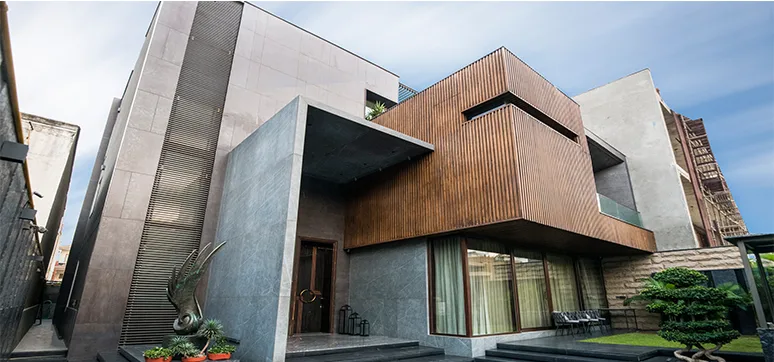
Impact of Efficient Façade Design on Building Energy Performance
Efficient façade design stands as a crucial component in contemporary architectural methodologies, extending beyond superficial aesthetic considerations. Its impact goes far beyond mere visual appeal, exerting substantial influence over a building’s holistic energy performance. This integral facet of architectural ingenuity plays a central role in mitigating energy consumption, bolstering sustainability efforts, and delineating the environmental footprint of structures. [caption id="attachment_56345" align="alignleft" width="300"] Façade design and materials have profound implications on building energy performance[/caption] In the context of this discourse, Architect Gagandeep Kapila, director of Workshop for Metropolitan Architecture, critically examines the profound implications of façade design on building energy performance. This exploration aims to shed light on the multifaceted advantages it offers, emphasising its indispensable role in advancing sustainable construction paradigms. By delving into the intricacies of façade design, this scrutiny not only highlights its functional and practical significance but also underscores its pivotal contribution to the overarching goal of...
Posted on: 06 Feb 2024
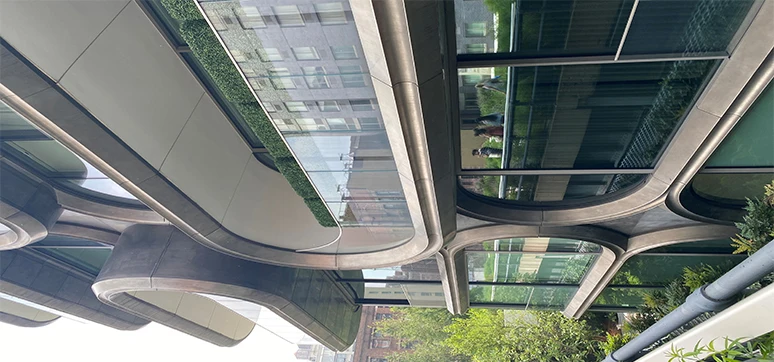
2023 – The Year That Has Been for Façades
The world of architecture is constantly evolving, and one of the most dynamic aspects is façade design. In the past year, several trends have emerged, reshaping the way buildings present themselves to the world. From innovative materials to sustainable practices, the façade landscape has witnessed a fascinating transformation. One notable trend that gained momentum in the past year is the use of dynamic façades. Architects and designers are increasingly incorporating elements that can adapt to changing conditions. Dynamic façades respond to environmental factors such as sunlight, temperature, & wind, optimising energy efficiency and user comfort. [caption id="attachment_56327" align="alignright" width="300"] The façade landscape is poised for further innovation[/caption] This not only enhances the building’s functionality but also adds a layer of interactivity to its exterior, creating a dynamic visual experience. Sustainability continues to be a driving force in façade design. In the past year, we have seen a surge in the...
Posted on: 03 Feb 2024
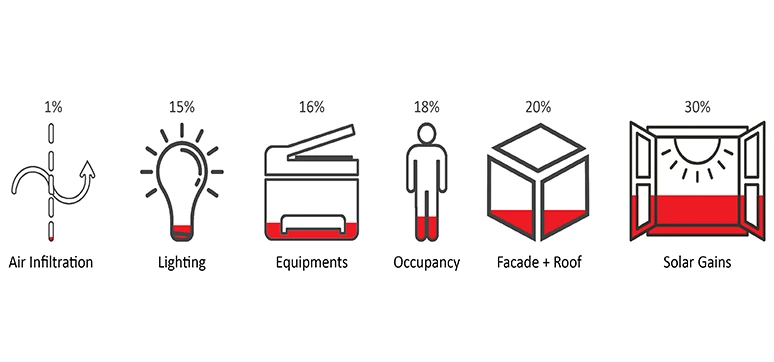
Impact of Efficient Façade Design on Building Energy Performance
Building operation accounts for 30% of global energy consumption and 26% of global energy-related emissions according to Buildings - Energy Systems - IEA (n.d.). Commercial and residential buildings consume about 33% of the energy for cooling and daylighting in India (Kumar et al., 2017). Due to such significant contributions to negative phenomena like increasing carbon emissions, rising global temperatures, and climate change, optimizing building energy performance has become a matter of utmost importance as a corrective measure. In fine-tuning a building’s energy use, looking at customized climate-responsive design solutions that reduce building energy demand, also called passive design, becomes crucial. Passive design is as important, sometimes more, as deploying efficiently-performing air- air-conditioning and ventilation systems. Passive design involves parametric analysis considering the element-wise contribution to the building heating/ cooling demands. The critical aspect of passive design is the building envelope that separates the building’s conditioned and unconditioned environment. ROLE OF...
Posted on: 02 Feb 2024
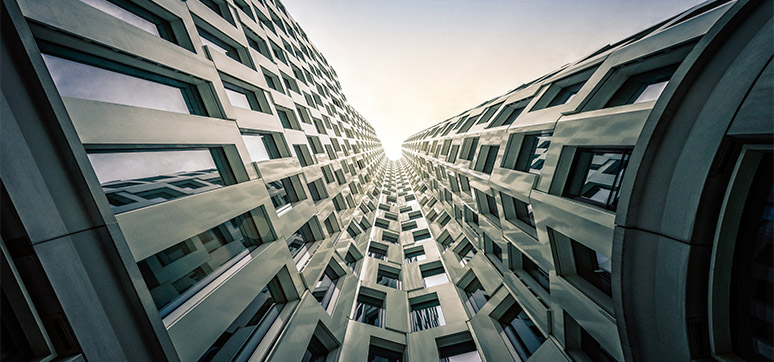
Alcomb, an Aluminium Honeycomb Panel from Alstone, is a Top-Notch Choice for Any Architect or Façade Consultant
WFM Media interviewed Sumit Gupta, discussing his career as the Managing Director of Alstone, the company’s products and manufacturing facilities, their latest launch in the market, Alcomb, his vision for the year 2030, and much more. Could you please tell us about your company, Alstone? Alstone started its journey way back in the year 2004. And, we have completed 20 years of presence in the Indian cladding market. With this, we have got pan-India presence as of now with our 16 sales offices cum warehouses, along with 350 dealers across India. I feel honoured and proud to say that Alstone is now a known brand in the cladding industry market. And all architects, façade consultants, developers, and consultants know Alstone very well. What are the products manufactured by your company? [caption id="attachment_56282" align="alignright" width="400"] Green & sustainable[/caption] Alstone has been a leading brand in the cladding industry for almost two...
Posted on: 31 Jan 2024
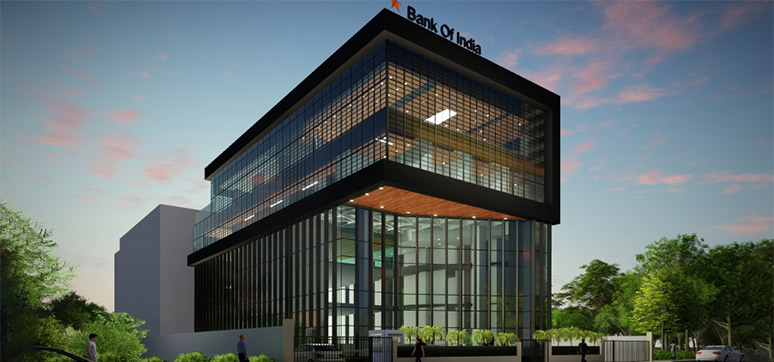
The Evolution of Modern Façades: Integrating Sustainable Design, Technology and Aesthetics
In today’s fast-paced & environmentally conscious world, the concept of modern façade design has transcended its traditional role. Modern façades are no longer just about the external appearance of a building; they have evolved into dynamic systems that integrate sustainability, energy efficiency, safety, & aesthetic appeal. Meeting the demands of sustainable construction, heat ingress control, energy conservation, safety, cost-effectiveness, ventilation, and daylighting, contemporary façades are pushing the boundaries of innovation and reshaping the architectural landscape. SUSTAINABILITY: THE CORE OF MODERN FAÇADE DESIGN At the heart of modern façade design lies the imperative to embrace sustainability. With a growing awareness of climate change and the need for energy-efficient buildings, modern façades are designed with eco-friendly materials and innovative technologies. Architects and designers are now increasingly turning to sustainable materials such as recycled steel, low- emissivity glass, and photovoltaic panels that harness solar energy, contributing to reduced carbon footprints and enhanced energy...
Posted on: 31 Jan 2024
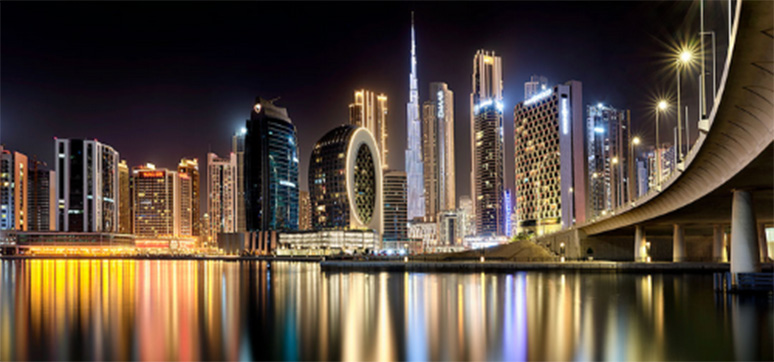
Discovering the Art, Sustainability, and Future Trends of Façade Lighting
In the realm of architectural design, façade lighting emerges as a pivotal element, not merely illuminating structures but orchestrating a harmonious blend of aesthetics and functionality. Beyond its practical role in providing visibility, façade lighting serves as an artistic tool, transforming buildings into captivating landmarks. Creative ingenuity is paramount when designing façade lighting systems, necessitating a delicate balance between form and function. The longevity and sustainability of façade lighting installations hinge on a meticulous consideration of materials, technologies, and energy efficiency. The article delves into the latest trends and innovations shaping the field, exploring favored technologies for eco-friendly and energy-efficient designs. Additionally, it unravels the marketing potential inherent in façade lighting, discussing its role in creating brand identities, promotional images, and advertisements. The impact of façade materials on lighting, strategies for minimizing maintenance costs, and the integration of eco-friendly practices all take center stage. As sustainability gains prominence, the article...
Posted on: 29 Jan 2024
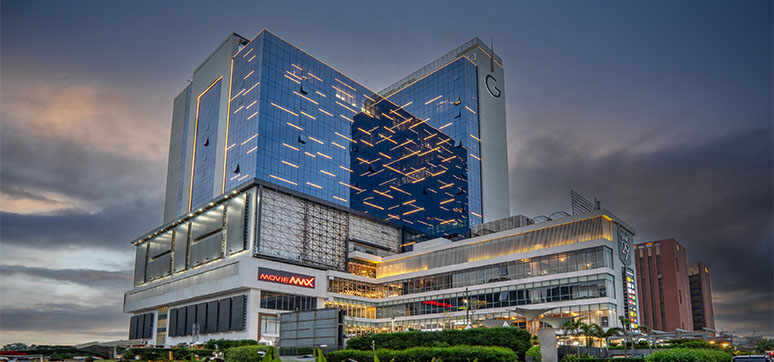
“Façade & Fenestration Market in India will Grow Around 10 to 12%, Especially in Commercial & Institutional Sector”
What is the size of the present façade & fenestration market in India? I am not sure of the statistics but this is a huge market and growing at a rapid rate. As per the IMARC group report it was approx. 22,000 crores in 2022. So, with a conservative growth rate of 5% - 6%, it should be around 24,000 crores(approx.). Government projects and commercial projects have taken a new impetus, as well as residential projects in tier 2 and tier 3 cities have taken a big jump in this field. What are the driving factors of the façade & fenestration industry? [caption id="attachment_56176" align="alignright" width="401"] Ace Capitol Noida[/caption] Govt of India’s focus on infrastructure projects, road infrastructure, automotive infrastructure like metro and railways, sports infrastructure like stadiums and grounds, construction of new airports and airfields along with renovation and upgradation of old airports has driven this industry to great...
Posted on: 24 Jan 2024
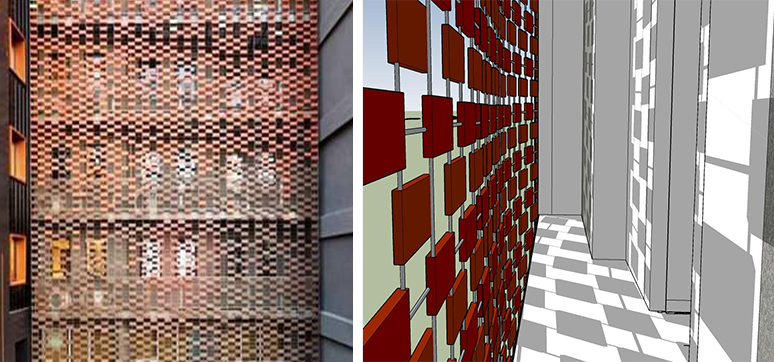
The Future of Building Façades and Fenestrations: A Glimpse into 2050
FUTURE FAÇADE DESIGNS We foresee the following changes in terms of façade designs while assuring the blending of Form and Function together. Biophilic Façades: Nature-inspired façade designs will conquer, thinning the line between the built environment and the natural world, hosting the lush greenery, creating not only a visual treat but also promoting biodiversity and enhancing air quality within urban spaces. Adaptive & Responsive Façades: Buildings façades will be intelligent and adaptable. Embedded sensors will enable façades to respond to changing weather conditions and user preferences. For instance, they will dynamically adjust shading, transparency; and breath to reduce pollutants from air and thermal properties to optimise comfort and energy efficiency. 3D-Printed Façades: 3D-printed façades with intricate designs will be seen as a part of advanced construction technologies. This approach will offer unprecedented flexibility in shaping the exterior of buildings, allowing architects, and designers to create complex, artistic, and structurally efficient...
Posted on: 17 Jan 2024
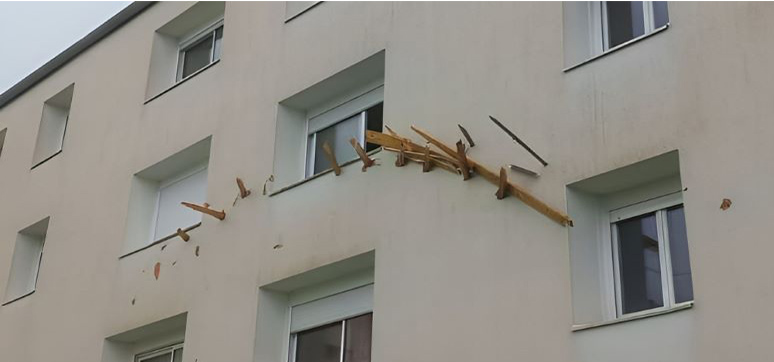
Updating Building Standards: Heavy Façades, a Proven Solution for Climate Change Related Threats
In the construction sector, the importance of standards cannot be underestimated, as they are essential for ensuring the safety, durability and functionality of buildings. However, with the increase and intensification of extreme weather events due to climate change, it is imperative to challenge these historic standards and update them to meet new threats. For which buildings? [caption id="attachment_56006" align="alignleft" width="360"] Acapulco, Mexico[/caption] Recent events have been a stark reminder of the brutality with which hurricanes, storms, floods, and high winds can strike, endangering the safety of our citizens and the continuity of essential public services. Hospitals, fire stations, police stations, courts, and public administrations are pillars of our society, and their proper functioning cannot be compromised by the impact of natural disasters. Storms are not becoming more frequent in the context of climate change, but we can suspect that their power is gradually increasing. This conclusion also applies, with a...
Posted on: 15 Jan 2024
